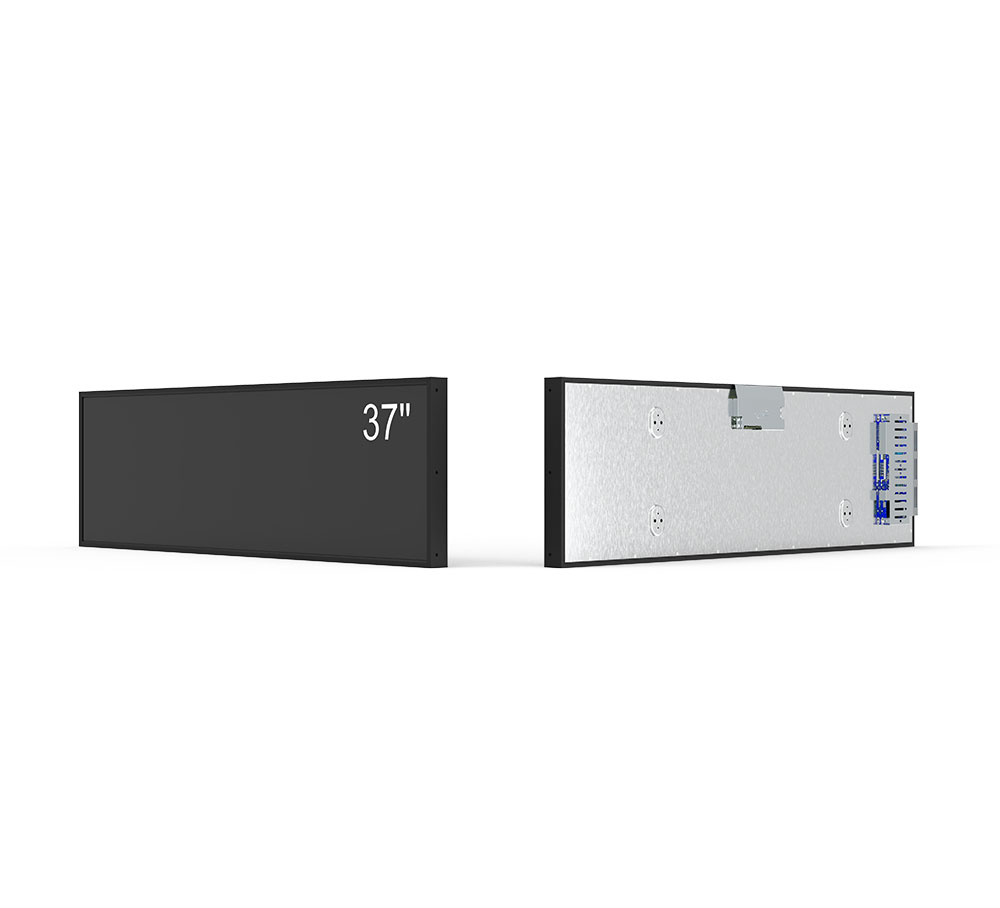- Home
- About Us
- Products
- News
- Video
- Contact
- Send Inquiry
Search
- Home
- About Us
- Products
- News
- Video
- Contact
- Send Inquiry

In the modern era of smart transportation, outdoor passenger information displays (PIDs) have become essential tools for improving real-time communication between transit operators and travelers. These high-brightness LCD screens are engineered specifically for harsh environmental conditions—ranging from intense sunlight to freezing temperatures—and must meet stringent industry standards such as IP65 (dust-tight and water-resistant) and IK10 (impact resistance rating of 20 joules). As cities worldwide invest in intelligent transport systems (ITS), the deployment of robust outdoor PIDs has surged, particularly in metro stations, bus terminals, airports, and railway platforms.
The core technology behind these displays lies in their ability to maintain visibility under direct sunlight—a critical requirement that demands brightness levels of at least 5,000 cd/m², often reaching up to 7,000 cd/m². This is achieved through advanced LED backlighting, anti-glare coatings, and wide viewing angles (typically 178° horizontal and vertical). For instance, the London Underground’s recent upgrade to high-brightness PIDs enabled clearer text and dynamic maps even during peak daylight hours, significantly reducing passenger confusion and wait times.
Moreover, these displays integrate seamlessly with centralized management systems like SCADA or cloud-based IoT platforms. Real-time data from GPS tracking, weather APIs, and traffic sensors can be automatically pushed to PIDs via Ethernet or 4G/5G connectivity. A case study from Singapore’s Land Transport Authority (LTA) showed a 30% improvement in on-time performance awareness after deploying connected PIDs across all MRT stations, demonstrating how visual information directly influences traveler behavior and operational efficiency.

From an engineering perspective, IK10-rated enclosures ensure protection against physical damage from impacts such as falling debris or vandalism—an increasingly important factor in urban environments. These ruggedized units often use aluminum die-cast frames, tempered glass front panels, and internal thermal management systems (like fans or heat pipes) to prevent overheating in summer and condensation in winter. According to the International Electrotechnical Commission (IEC), IK10 compliance is now considered a baseline for any public-facing digital signage in transit infrastructure.
Beyond functionality, sustainability is also a growing concern. Modern outdoor PIDs utilize energy-efficient LED modules, achieving power consumption below 150W per screen while maintaining brightness. Some models incorporate solar-powered options or motion-sensing features that reduce idle power usage by up to 60%. In Copenhagen, Denmark, the city’s public transport authority replaced older LCDs with solar-assisted PIDs at key bus stops, resulting in a 40% reduction in energy costs over two years.
Ultimately, well-designed outdoor passenger information displays serve more than just informational purposes—they enhance safety, promote accessibility, and build trust in public transport systems. By combining high-brightness LCD technology, impact-resistant design (IK10), and real-time data integration, transit authorities worldwide are transforming static waiting spaces into dynamic, user-centered hubs of information. As global urban populations grow, the demand for reliable, resilient, and intelligent PIDs will continue to rise—making them a cornerstone of future-ready mobility ecosystems.